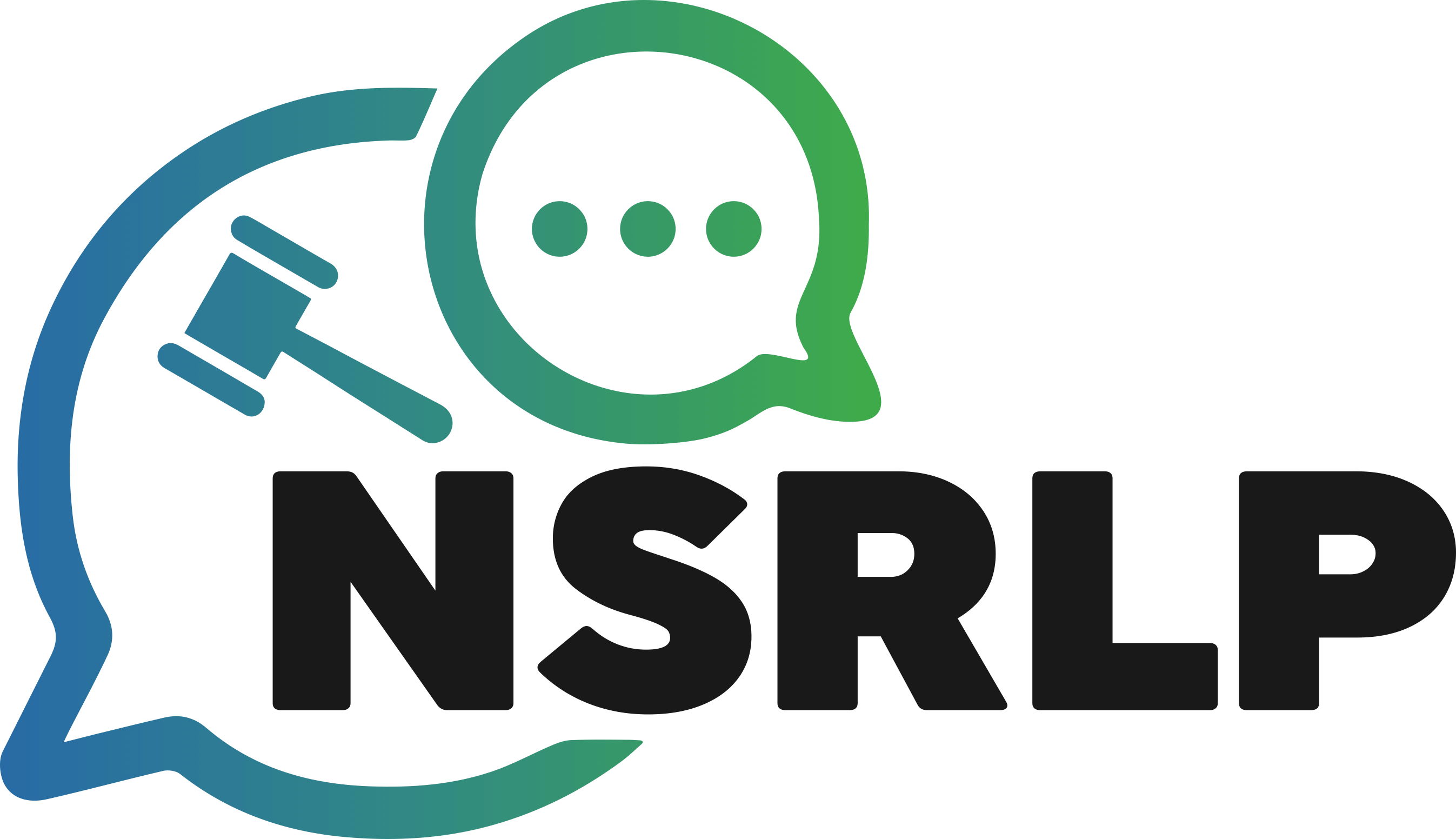 Written by Lauren Howorth, NSRLP student researcher; originally published on Slaw, Canada’s online legal magazine.
Written by Lauren Howorth, NSRLP student researcher; originally published on Slaw, Canada’s online legal magazine.
Across Canada, the promise of accessible justice too often ends at the courthouse door. While our legal frameworks—from the Charter to provincial human rights codes—declare that people with disabilities deserve equal treatment in court, the reality on the ground tells another story. Inconsistent practices, unclear processes, and invisible barriers routinely frustrate the ability of litigants with disabilities—especially those who are self-represented—to participate fully in legal proceedings.
In my research on disability and access to justice, one conclusion became unavoidable: without dedicated institutional roles to oversee and facilitate accessibility in courts, equity will remain aspirational. It’s time for Canada to appoint Court Accessibility Coordinators (CACs) in every courthouse.
The myth of procedural neutrality
When we think of courtroom accessibility, we often think of ramps, elevators, or automatic doors. These are crucial, but they represent only a fraction of the barriers disabled court users face. For individuals with cognitive, sensory, or mental health disabilities, access to justice can hinge on accommodations that are procedural or relational—like modified language in court documents, extended time for testimony, or the presence of a service animal. Unfortunately, the current system assumes that if certain formal procedures are available for everyone, then justice has been done. However, for many disabled people, sameness is not fairness; a trial that proceeds without a microphone for someone with a speech disorder, or a hearing where no accommodations are made for a person with an episodic cognitive disability, may be procedurally correct—but functionally exclusionary.
The case for Coordinators
What Canada needs is a practical solution that recognizes the complexity of disability:
not a checklist, but a point of contact, an expert, and a bridge. That’s where Court Accessibility Coordinators come in.
In jurisdictions like the US state of Illinois, CACs serve as liaisons between the public, court administration, and judges. They help self-represented litigants (SRLs) request and receive accommodations. They train staff. They track accessibility issues across courthouses. And crucially, they relieve disabled court users from having to navigate a fragmented system alone.
Right now in Canada, the availability of similar professionals is wildly uneven. A handful of courts, such as those in British Columbia, have implemented coordinator positions. Ontario offers CAC services as well, but feedback from SRLs with disabilities suggests that this support is inconsistent and poorly publicized. Elsewhere in the nation, the support is virtually nonexistent; there is no national baseline. This is more than an administrative oversight—it’s a failure of access to justice.
SRLs are falling through the cracks
SRLs with disabilities face a double disadvantage. They must navigate unfamiliar legal procedures without counsel, while also contending with communication barriers, stigma, or lack of accommodation.
In some cases, these barriers are life-altering. Illinois’ development of its CAC mandate was motivated in part by the decision of Reed v. Illinois, in which a woman with multiple invisible disabilities—including a movement disorder and PTSD—was denied basic accommodations. The judge refused to amplify her voice when she couldn’t speak clearly, offered no communication support, and failed to inform the jury about her condition. The result was a loss at trial that was reversed on appeal when the scope of the injustice was acknowledged.
Now, this is the kind of failure Illinois CACs work to prevent, by ensuring that individuals’ requests are heard, understood, and operationalized in real time. It’s not about giving litigants with disabilities a special advantage. It’s about giving them a fair chance to be heard.
What coordinators actually do
Imagine a courthouse in a small Canadian city. An SRL arrives for her hearing. She has ADHD and chronic fatigue, and she struggles with focus under pressure. She’s anxious and unsure how to disclose her disability, or whether it’s even relevant. The signage is confusing. She’s already late. A Court Accessibility Coordinator is the person who is likely to first notice this individual.
The CAC might have been looped in earlier if the SRL requested support on the courthouse website. But even on the day of a hearing, they can step in. They walk her through the accommodation form, call the courtroom to request a short delay, and offer her a quiet space to regroup. They explain how she can ask for breaks during testimony. They might even help the judge understand that the SRL’s demeanor is not evasive, but symptomatic. That small intervention can be the difference between outcomes.
Coordinators make accessibility work
Some might argue that judges already have the discretion to accommodate, or that human rights legislation makes accessibility a duty. But discretion and duty alone are not enough. They are unevenly applied, highly dependent on the attitudes of individual judges, and inaccessible to those who don’t know their rights or how to assert them.
Coordinators, by contrast, provide the infrastructure that turns good intentions into consistent practice. In Illinois, CACs are trained, resourced, and networked. They know what counts as a reasonable accommodation. They know what technology exists to assist communication. They liaise with the judiciary but are not bound by judicial culture. That makes them powerful allies for SRLs and powerful agents for culture change.
CACs also offer a practical return on investment. By addressing accessibility issues before they escalate—say, before a mistrial is declared, a human rights or judicial council complaint is filed—they save time, money, and reputational cost. They’re not just an equity tool, they’re a risk management one.
The virtual courtroom isn’t a cure-all
Post-pandemic, many assume virtual courts have solved accessibility problems, but the NSRLP’s 2024 Virtual Justice report suggests otherwise. Nearly 40% of SRLs in the report identified as having a disability, and many of those individuals faced new hurdles online: unstable connections, inaccessible platforms, difficulty navigating scheduling portals, and no real-time support. Without a coordinator, even logging into court can become a barrier. Accessibility is not just about where courts happen, but how they are experienced—and by whom.
What would it take?
Implementing CACs in Canada is not an impossible ask. The infrastructure already exists in some provinces. The public service is moving toward inclusion, as seen in the Accessible Canada Act, so we already have models to learn from. What’s missing is the political will to say, “this matters.”
Yes, there would be costs, including training, hiring, and integration into court administration. But the cost of exclusion is higher. Every litigant denied a fair hearing because of inaccessible procedures is not just a personal tragedy—it undermines our system’s legitimacy. Accessibility should not depend on geography, privilege, or persistence. It should be embedded into the DNA of our courts. Appointing CACs would be a clear, actionable step toward that goal.
The bottom line
For too long, we’ve expected disabled litigants to fit themselves into a system not designed with them in mind. We need to flip that script. It’s time to redesign parts of the system itself. Court Accessibility Coordinators won’t fix every flaw, but they would ensure that when people with disabilities come to court, someone is tasked with listening—early, consistently, and with the authority to act. The burden of access should not rest on those least equipped or resourced to carry it.
And until we recognize that accessibility isn’t automatic, that it takes work, infrastructure, and political will, we will keep hearing stories of people being shut out. Canada can do better, and a CAC in every courthouse nationwide would be a very good place to start.
